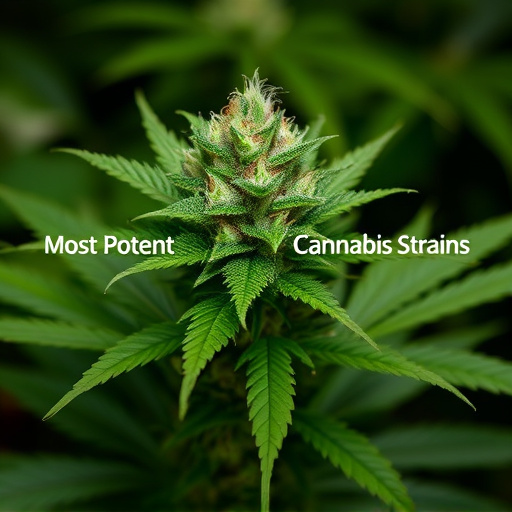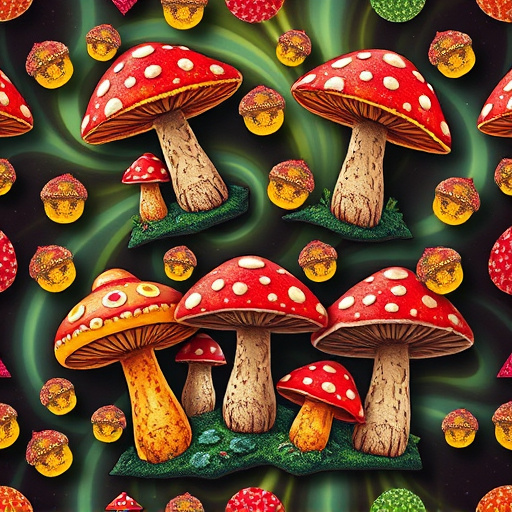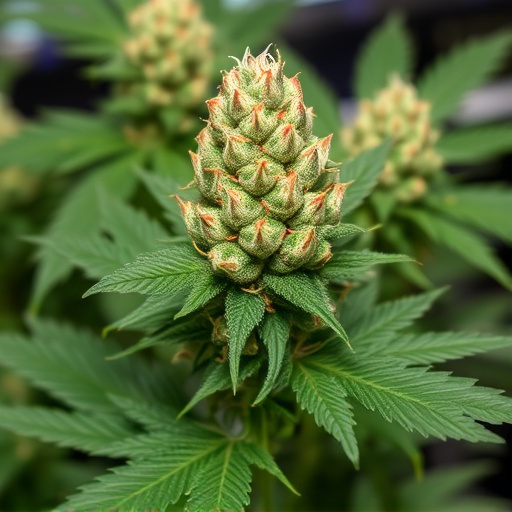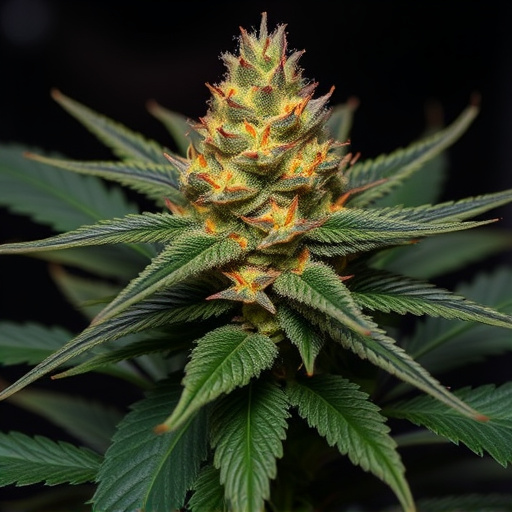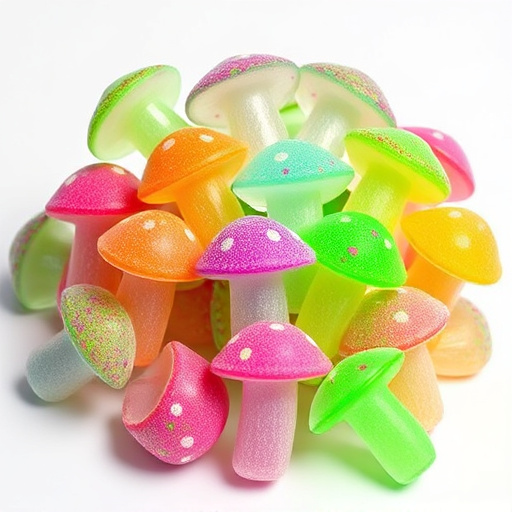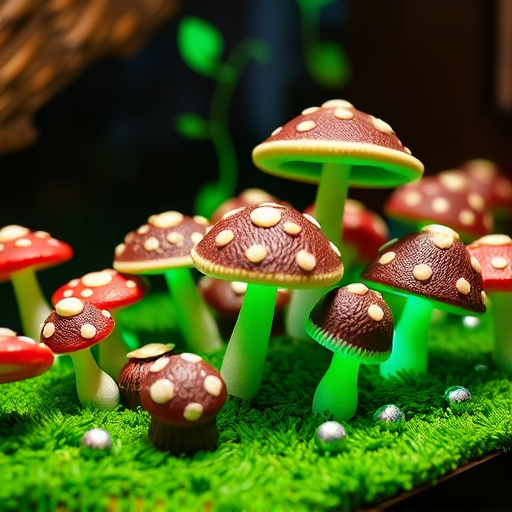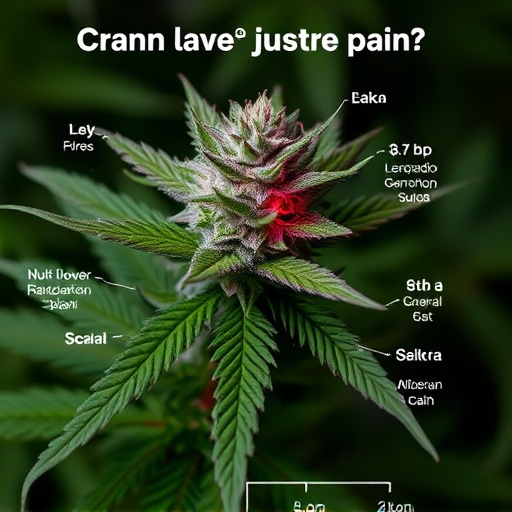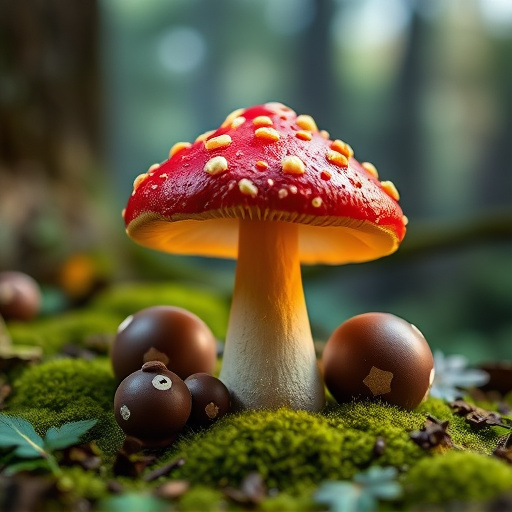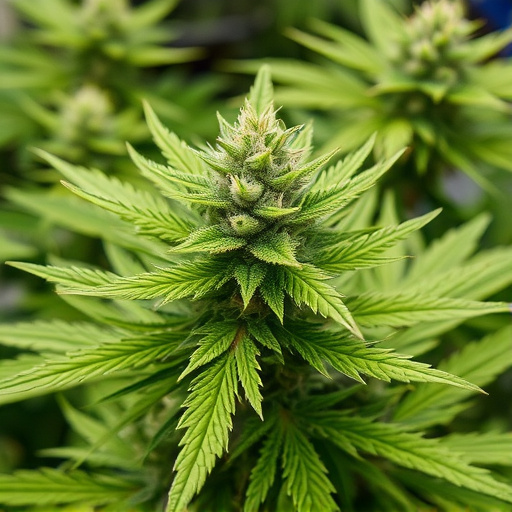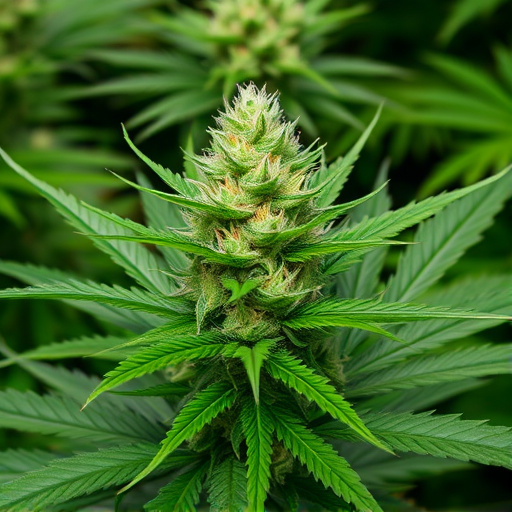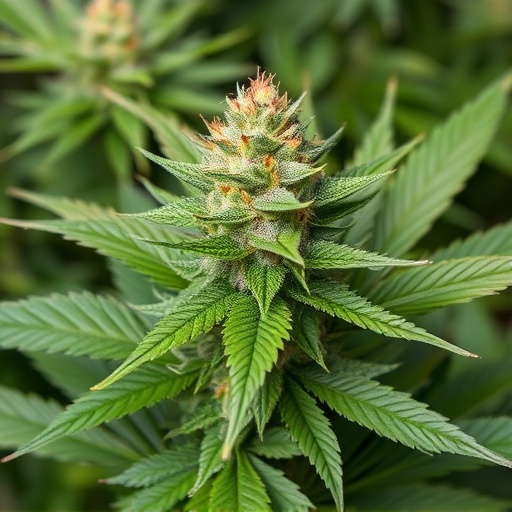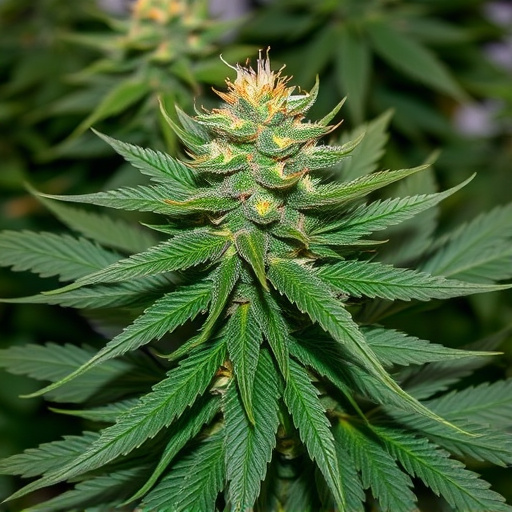Cannabis sativa strains, particularly those high in tetrahydrocannabinol (THC), significantly impact appetite due to their interaction with brain receptors that regulate hunger. This effect is leveraged therapeutically for conditions like anorexia and cachexia, as the endocannabinoid system plays a central role in eating behavior. The "munchies" triggered by THC binding to CB1 and CB2 receptors are influenced by neurochemicals like dopamine, serotonin, and norepinephrine, leading to varied experiences among users based on their individual preferences and health conditions. Informed cannabis use for appetite stimulation requires understanding these variations to meet unique user needs.
The “munchies,” a well-known phenomenon linked to cannabis consumption, has intrigued scientists and users alike. This article delves into the science behind the munchies, focusing on how specific cannabis sativa strains induce appetite and influence neurochemical interactions in the brain. We explore individual differences and personal preferences that trigger these cravings, shedding light on both the physiological and psychological aspects of this fascinating effect. By understanding these mechanisms, we can better appreciate the complex relationship between cannabis and human biology.
- The Role of Cannabis Sativa Strains in Inducing Appetite
- Neurochemical Interactions: Understanding the Brain's Response to THC
- Exploring Individual Differences and Personal Preferences in Munchie Triggers
The Role of Cannabis Sativa Strains in Inducing Appetite
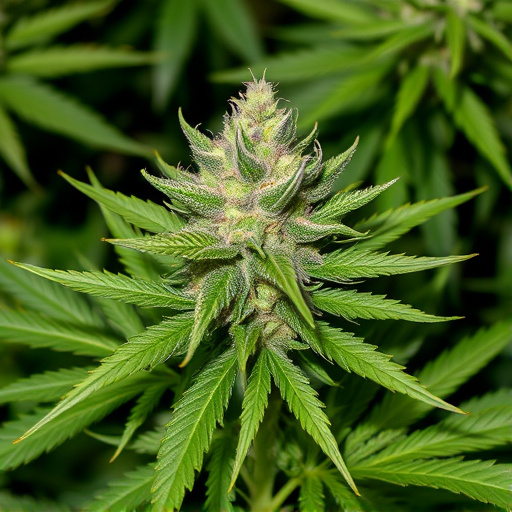
The impact of Cannabis Sativa strains on appetite has been a subject of growing interest in recent years, particularly within the scientific community. Research suggests that specific cannabinoids present in these strains play a significant role in regulating hunger and food intake. One of the key compounds, Tetrahydrocannabinol (THC), is known to stimulate appetite by interacting with certain receptors in the brain, leading to increased hunger sensations. This effect has been well-documented, especially among individuals who use medical cannabis for conditions like anorexia or cachexia.
The mechanism involves the endocannabinoid system, which modulates various physiological processes, including eating behavior. When THC binds to CB1 receptors in the hypothalamus, it can enhance food motivation and encourage eating. Different Cannabis Sativa strains, each with unique cannabinoid profiles, may thus offer tailored solutions for appetite stimulation. Understanding these interactions paves the way for potential therapeutic applications, providing relief to patients struggling with eating disorders and offering a novel approach to managing appetite-related challenges.
Neurochemical Interactions: Understanding the Brain's Response to THC

The brain’s response to THC, the primary psychoactive compound in cannabis sativa strains, is a complex neurochemical interaction that involves multiple neurotransmitter systems. When THC binds to cannabinoid receptors (CB1 and CB2), it triggers a cascade of events, leading to changes in mood, perception, and appetite. This binding activates specific neurons, causing the release of dopamine, a neurotransmitter associated with pleasure and reward. The increased dopamine activity reinforces the brain’s desire for more THC, often resulting in what is commonly known as “the munchies.”
Additionally, THC influences other neurotransmitters like serotonin and norepinephrine, which play roles in mood regulation and energy levels. These interactions contribute to the varied psychological and physiological effects of cannabis consumption. Understanding these neurochemical mechanisms sheds light on why certain cannabis sativa strains can evoke distinct experiences, including heightened sensory perception or a sense of relaxation, ultimately leading to changes in eating behavior.
Exploring Individual Differences and Personal Preferences in Munchie Triggers

The experience of the “munchies” can vary widely from person to person, shaped by a complex interplay of biological, psychological, and environmental factors. While cannabis sativa strains are known to stimulate appetite, individual responses differ based on personal preferences and underlying conditions. Some individuals may find certain strains or specific cannabinoids more effective in triggering hunger, while others might have less noticeable effects. Personal habits, such as regular exercise or dietary routines, can also influence how one perceives and responds to the munchies. Additionally, psychological factors like stress levels and emotional states play a significant role in food cravings, including those associated with cannabis consumption. Understanding these individual differences is crucial for navigating the relationship between cannabis use and eating behaviors, ensuring users make informed choices that align with their unique needs and preferences.
In conclusion, the science behind the “munchies” is a complex interplay of neurochemical reactions, particularly involving cannabis sativa strains and their primary psychoactive compound, THC. Understanding these interactions helps explain individual differences in appetite stimulation, as well as personal preferences for triggers that enhance or suppress the munchies. By delving into these mechanisms, we can better appreciate both the enjoyable and challenging aspects of cannabis consumption and its effects on our appetites.
